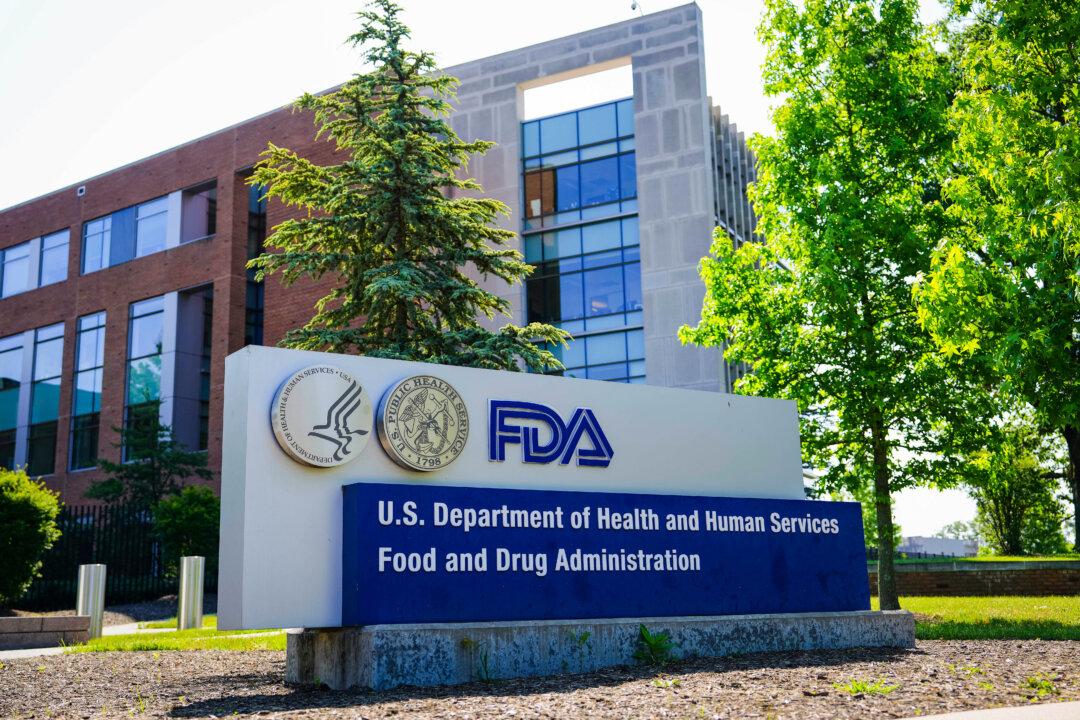The Food and Drug Administration (FDA) has warned consumers to avoid eating specific shellfish due to potential contamination with toxins that cause paralytic shellfish poisoning (PSP).
The warning, issued on June 5, applies to restaurants and retailers as well. It warns them not to serve or sell oysters and bay clams from Netarts Bay and Tillamook Bay in Oregon that were harvested on or after May 28.





